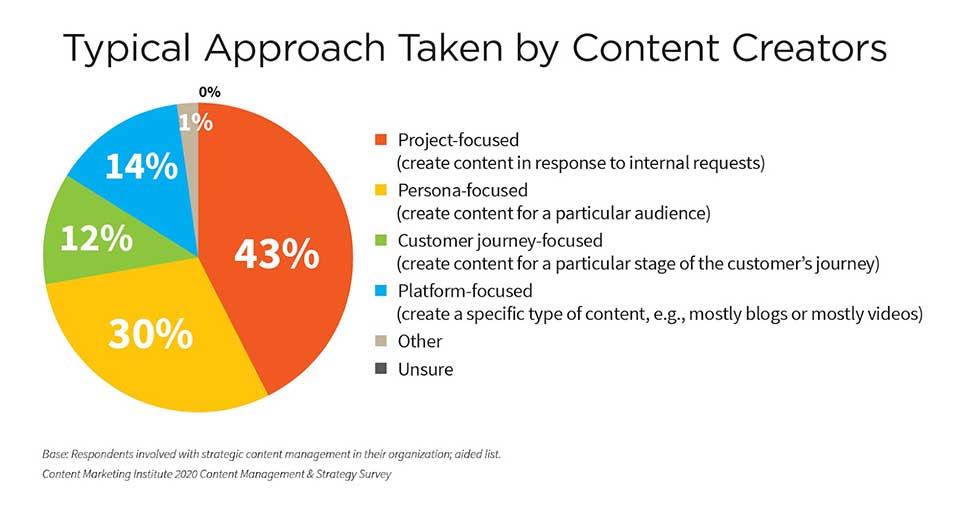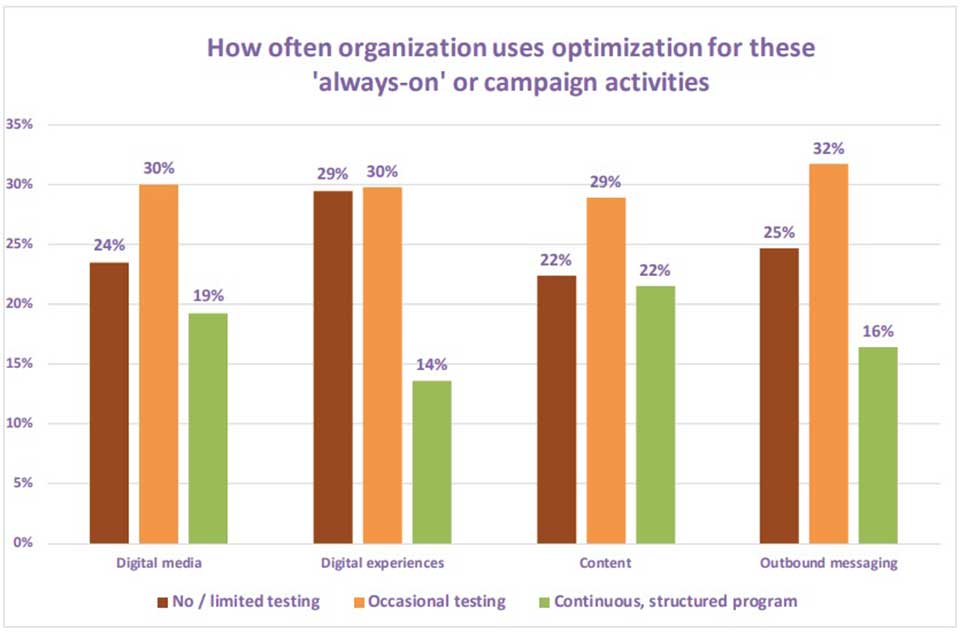By Myra Sugg, Ad Media Sales Expert
Sales is always a challenge, but in 2021 that challenge is even greater. Consider that only 27% of CEOs are confident that they’ll see revenue growth over the next 12 months, and 36% of consumers expect to spend less in the next year. When sales to consumers drop, business budgets fall and B2B customers become more cautious about investing in new solutions.
There’s a lot of talk about the “new normal,” but the most important part is that it won’t be the “old normal.” Sales and marketing teams experienced cuts in 2020, with 70% saying that marketing budgets were slashed due to COVID-19. The staff that remains needs to get smart and adapt to new trends, including becoming humble enough to borrow tactics from marketers.
There’s no going back to the pre-COVID universe, as Hillel Fuld, tech blogger and startup advisor pointed out to me: “The world as we know it has been transformed in more ways than we know due to this pandemic. The relationship between sales and marketing needs to adjust itself accordingly. For starters, if this year has taught us anything, it’s that everything is unpredictable. In our new reality, transparency in the way we communicate will become paramount and the threshold for unclear and undefined goals and metrics will be eliminated quickly.”
It’s time to look ahead and apply new marketing-based concepts within the sales flow, with 3 practices, in particular, standing out.
Focus on values rather than specs
After 2020, your B2B customers are in recovery. They’re consumed with the need to restore their businesses and nurture growth, so they aren’t willing to shell out for exciting features that might not deliver real RoI. Before they put money down, they want to feel confident that your solutions will genuinely drive value.
50% of marketers say that their success rests on being able to understand and connect with their audience’s needs and pain points. Sales teams too, need to demonstrate how the product will help the lead’s business. The stress of 2020 has taken its toll, and 2021’s prospects have limited bandwidth for sales patter. They want to hear how the product will specifically help them improve, not a list of techy features.
At the same time, you need to demonstrate ongoing value if you want to retain and deepen your relationship with existing customers, which means ramping up customer support. It’s no longer possible to silo marketing, sales, and support; today, they are all part of the same continuum.
Adopt persona-driven communication
In the same vein, personalized interactions and customer experience (CX) have been pushed to the fore. Among consumers, 72% say they only engage with personalized marketing messages, and we can expect that attitude to spill over to B2B buyers.
Good CX relies on a seamless omnichannel customer journey without any inconsistencies, which in turn requires you to approach each customer as a connected whole, no matter where contact occurs, instead of considering each interaction in isolation. Sales need to merge invisibly with marketing, using the same persona-driven communication strategies.
Persona-driven communication helps you understand your audience sufficiently to customize your messaging and weave together all your many touchpoints, so you can send personalized messages and experiences throughout the buyer journey.
Unfortunately, persona-based communication is not used as much as it should be. Only 30% of marketing teams say their content production is persona-focused and we can imagine the percentage to be significantly lower among sales teams.

2021 is the time to develop well-fleshed-out personas and revisit the ones you already have because needs and pain points are liable to have changed through the pandemic. Sales teams should make use of advanced analytics to understand the audience better, spot what has changed, and make personas more relevant.
Rely on content as a push-down-the-funnel tool
Sales teams tend to overlook the power of content to move leads along the funnel, and today that oversight has significant consequences. After a year of turning online for every interaction, today’s business buyers are even more inclined to Google their own questions rather than asking them in a sales call. Producing intent-focused, customized content is no longer something to leave to the marketing team.
Content should be seen as an always-on tool for consistently nurturing leads, not something that appears only for campaigns. Even among marketing teams, the vast majority of content is project-based, with only 12% saying they produce customer-journey-focused content. Content needs to push leads all the way through the funnel to the very bottom, rather than sticking to the top and middle.
One of the keys to success is to turn to data. It’s astonishing that in 2021, only 22% of teams use data to continuously test the impact of their content on conversions and sales and optimize that content for ongoing campaigns.
 Sales success in 2021 requires sales and marketing to work together
Sales success in 2021 requires sales and marketing to work together
2021 is a new landscape for sales and marketing, and each team has a lot to learn from the other. Sales teams need to adopt marketing-style tactics of persona-driven communications that cover the entire customer journey, content that continues all the way to the bottom of the funnel, and talk to the value of the product, rather than the features, in a way that addresses the lead’s real needs and pain points. With better collaboration, sales and marketing teams can work together for success in 2021 and beyond.








